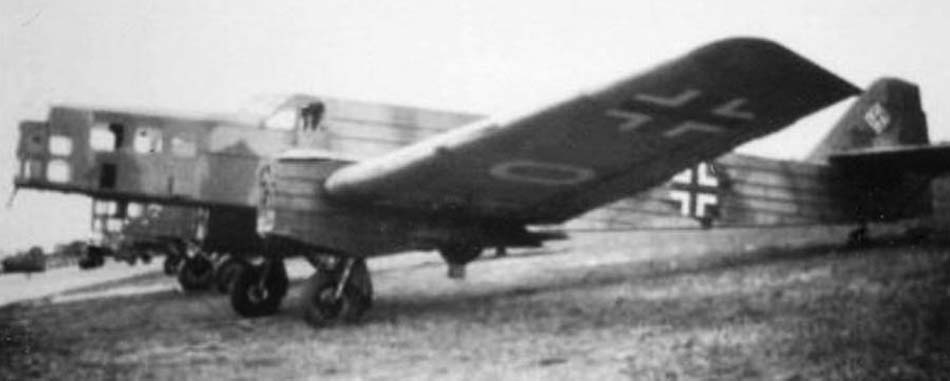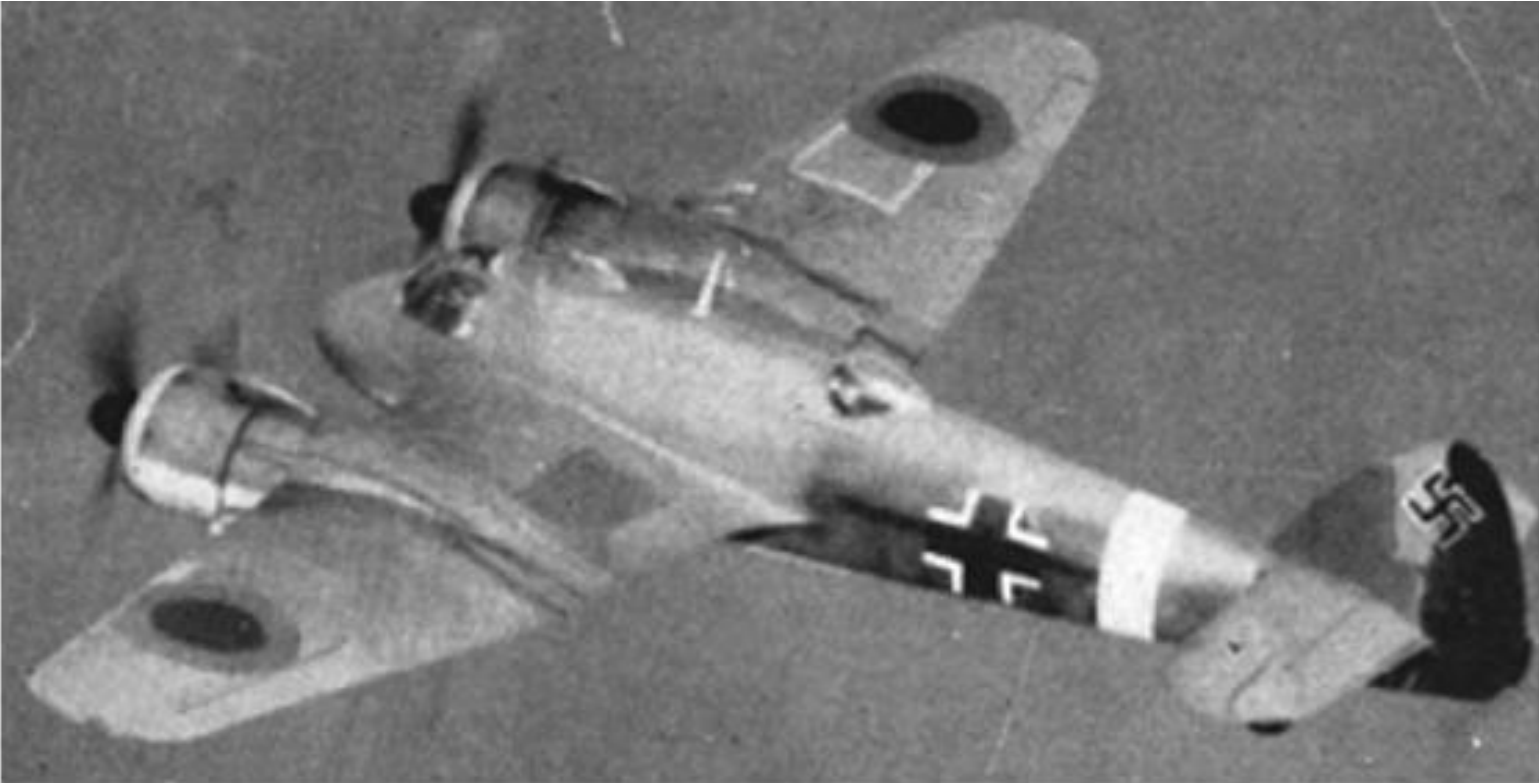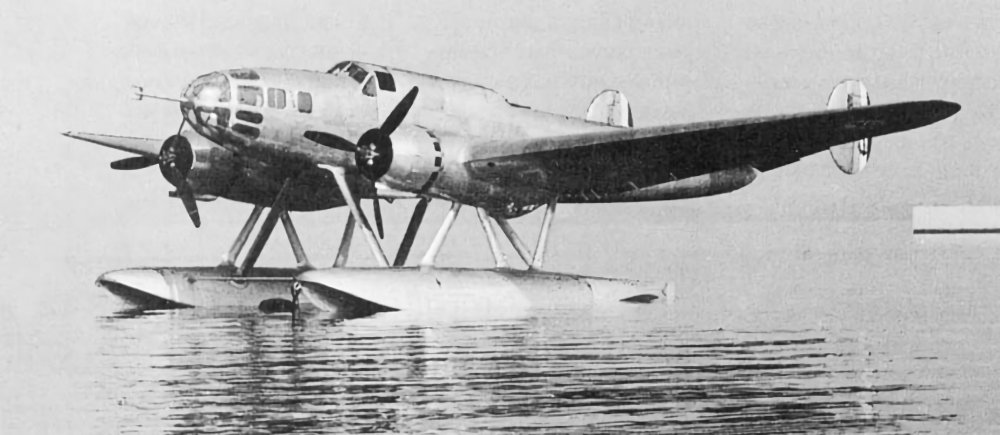Tag: World War Two
-
Bloch MB.210 in German Service

Bloch MB.210 in German Service In September 1939, the Bloch MB.210 equipped 12 bomber units of the Armée de l’Air. At the time of Nazi Germany’s attack on France in spring 1940, these squadrons were in the middle of a restructuring aimed at removing outdated aircraft from the front line. Up to the armistice on… Read more
-
Bristol Beaufighter Captured by Germany

Bristol Beaufighter Captured by Germany During 1943, a Bristol Beaufighter was captured by German Forces and evaluated by the Luftwaffe. Read more
-
Bloch MB.480 Floatplane

Bloch MB.480 Floatplane Designed as a twin-engined torpedo-bomber/reconnaissance floatplane for the French Navy, the Bloch MB.480 first flew in June 1939. Although testing was successfully completed, the Navy had decided to use landplanes for its intended role. The navy placed an order for 68 of the much faster Lioré et Olivier LeO 451 although none… Read more